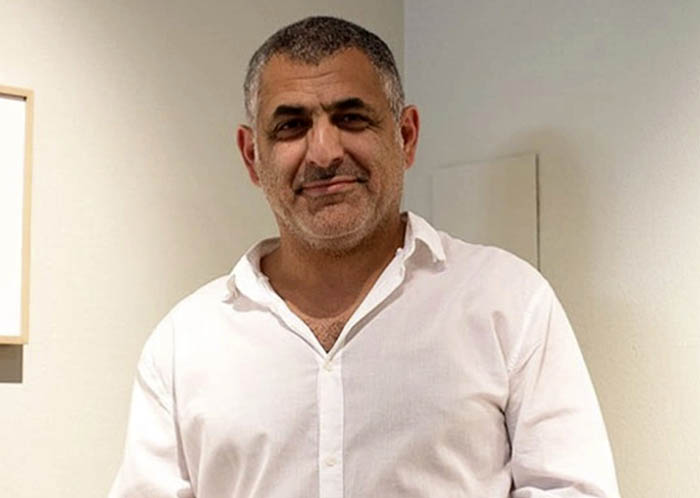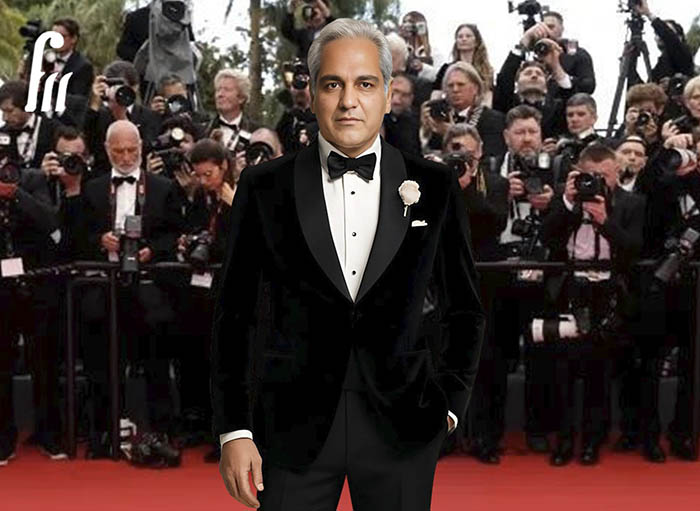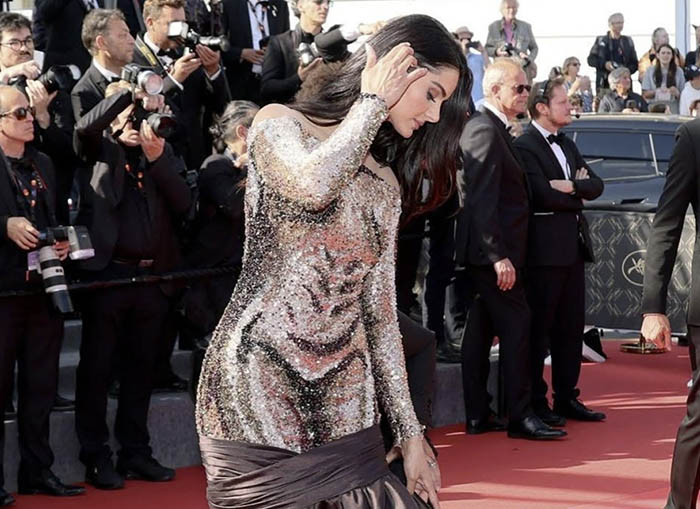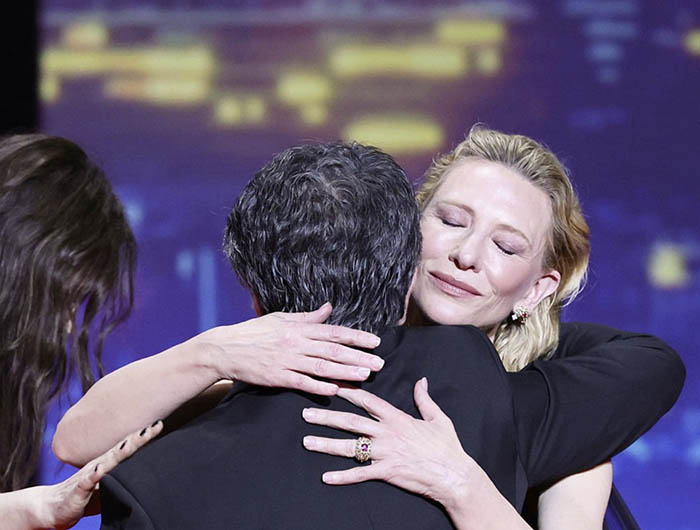10 Essential Facts About Farzan Deljoo: A Pioneer of Pre-Revolutionary Cinema

When it comes to understanding the rich and complex landscape of pre-revolutionary Iranian cinema, one must begin with Farzan Deljoo. A figure whose portrayal of youth and urban life set a precedent that resonates even today, Deljoo emerged as an emblem of a type of cinema that captivated audiences and critiqued societal norms. Here are 10 essential facts about this remarkable artist and his contribution to cinema.
1. A Cultural Icon
Farzan Deljoo symbolizes a crucial transformation in Iranian cinema. His films broke ground by addressing youth culture amidst societal issues like class differences, poverty, and addiction without resorting to heavy-handed moralism. His unique approach helped pave the way for future filmmakers and made him a cultural icon long before the revolution of 1979.
2. His Signature Style
Deljoo possessed a striking appearance complemented by stylish hair and fashionable trousers, which contributed to his on-screen persona. This distinctive style mirrored the themes of modernity and progress present in his films, effectively making him a visual representation of the youth-friendly cinematic movement of his time.
3. The Smell of Wheat (1978)
One of Deljoo’s breakout films, “The Smell of Wheat”, co-directed with Amir Mojahid, revolves around Siamak, a man struggling against the tides of addiction and societal neglect. With its focus on love and sacrifice, the film remains a poignant reflection of its era, and it continues to be highly regarded in the annals of Iranian cinema.




